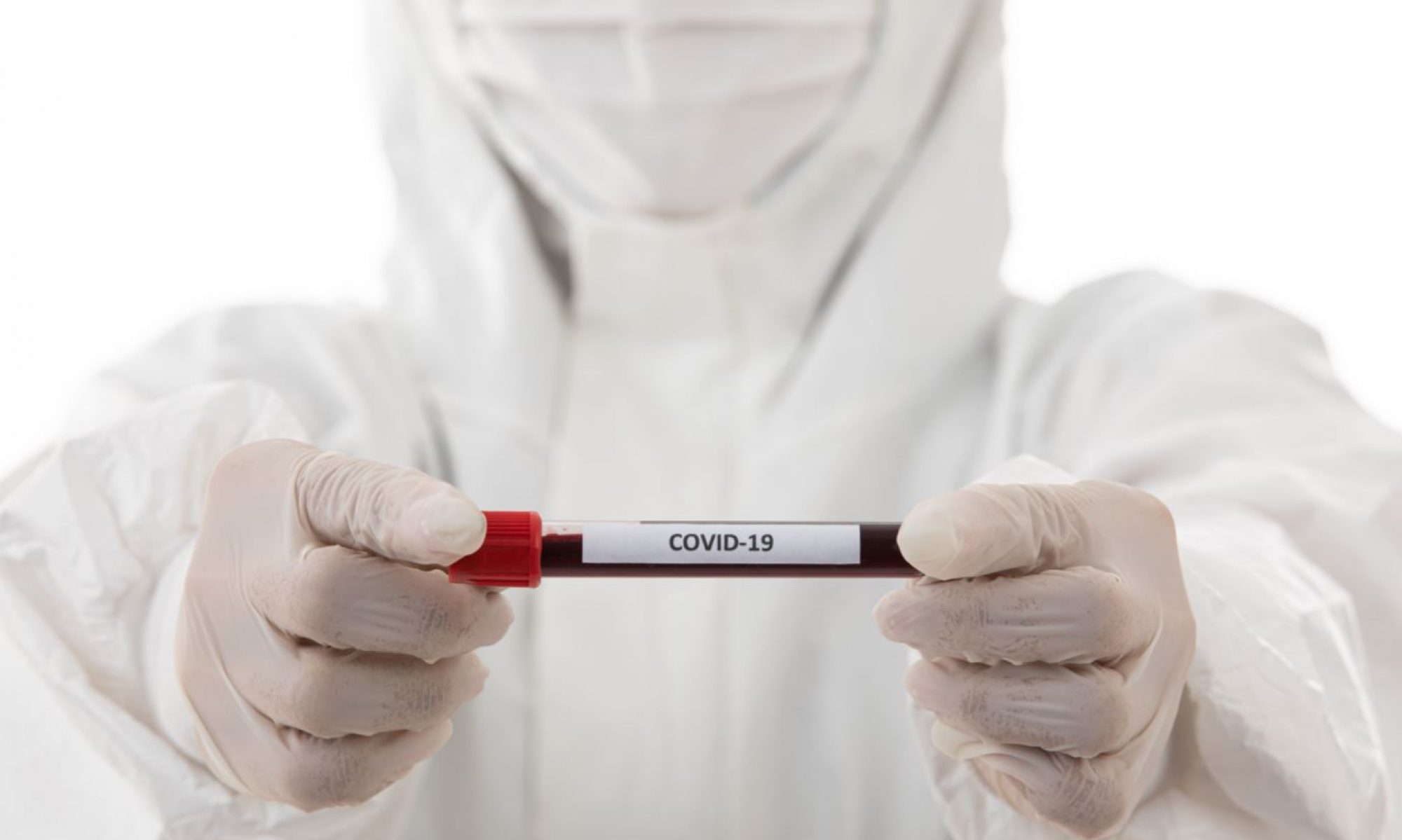Press release:
Offering an ultrasensitive yet accessible approach to COVID-19 testing, a portable saliva-based smartphone platform provides results within 15 minutes without the resource-intensive laboratory tests the current gold standard requires, according to a new study. The approach was tested in 12 people infected with COVID-19 and 6 healthy controls. Bo Ning and colleagues demonstrate that this technique, which pairs a fluorescence microscope readout device with a smartphone to determine viral load from a CRISPR/Cas12a assay, works as effectively as the well-established quantitative reverse-transcriptase polymerase chain reaction (RT-qPCR) method. “We believe this smartphone platform, a similar future application, offers the potential to rapidly expand COVID-19 screening capacity, and potentially simplify the verification of contact tracing, to improve local containment and inform regional disease control efforts,” the authors write. Most COVID-19 tests currently require swabbing the upper part of the throat behind the nose – an uncomfortable process that requires medical professionals in full protective gear to collect samples in airborne infection isolation rooms before running RT-qPCR tests. However, recent studies have found that SARS-CoV-2 may be equally present in the nasopharynx and the saliva during early infection, suggesting saliva-based COVID-19 tests could enable comparably reliable but simpler, safer testing. To develop a widely accessible platform for saliva-based testing, Ning and colleagues built a prototype assay chip that uses the CRISPR/Cas12a enzyme to enhance an amplified viral RNA target’s signal within a saliva sample. They integrated the chip into a smartphone-based fluorescence microscope readout device, which captures and analyzes images to determine whether the virus is present above a threshold concentration. The researchers used this design to analyze saliva from 12 patients with COVID-19 and 6 healthy controls, finding that the approach successfully distinguished between patients with and without the virus. Additionally, the researchers compared nasal and saliva swabs from non-human primates before and after infection. They found higher SARS-CoV-2 RNA levels in the saliva swabs, further suggesting that saliva may provide a robust means of diagnosis after infection. Ning et al. anticipate that a future version of the chip used in this technique could contain pre-loaded reagents and sample controls, and a custom smartpho

